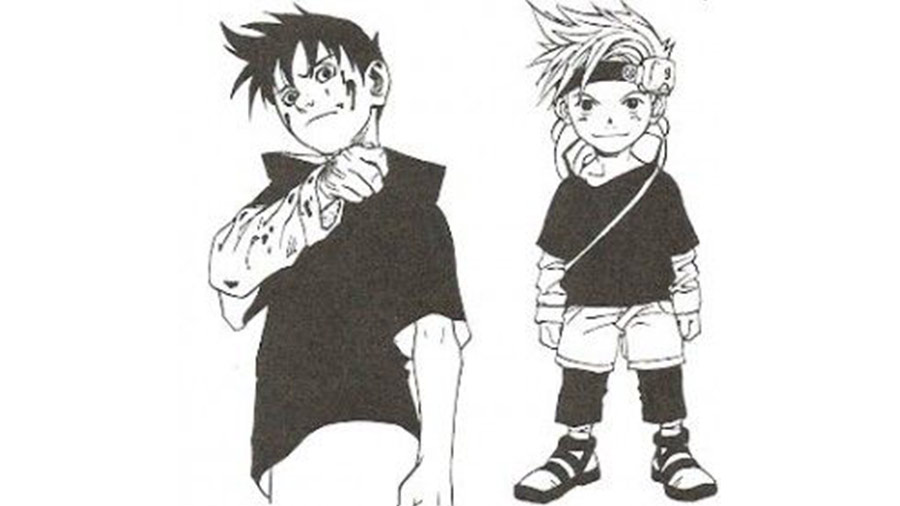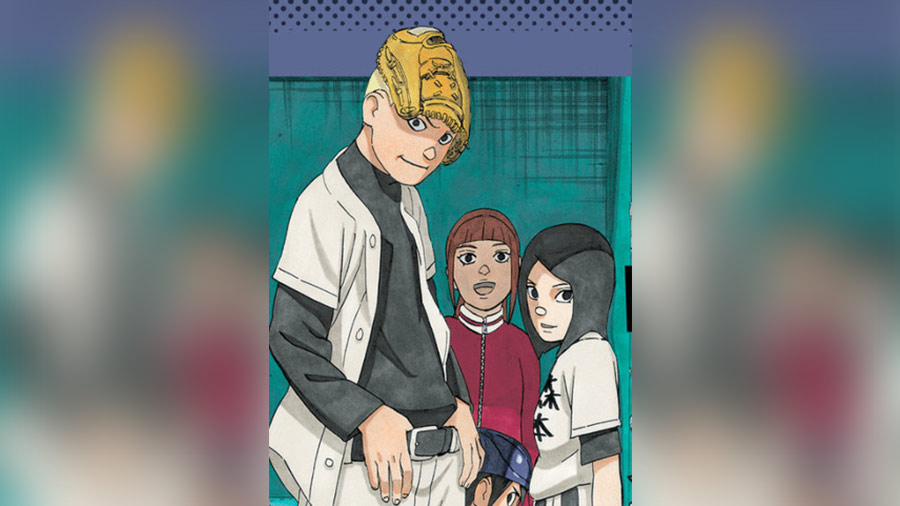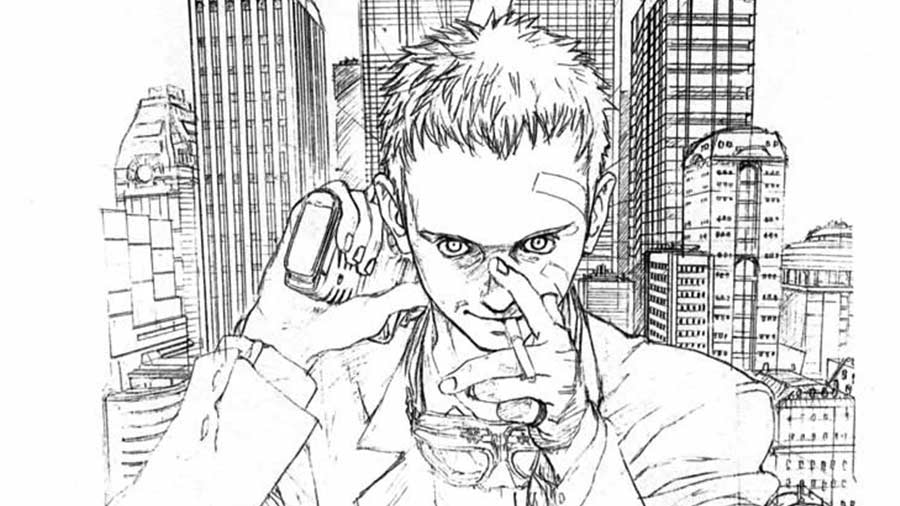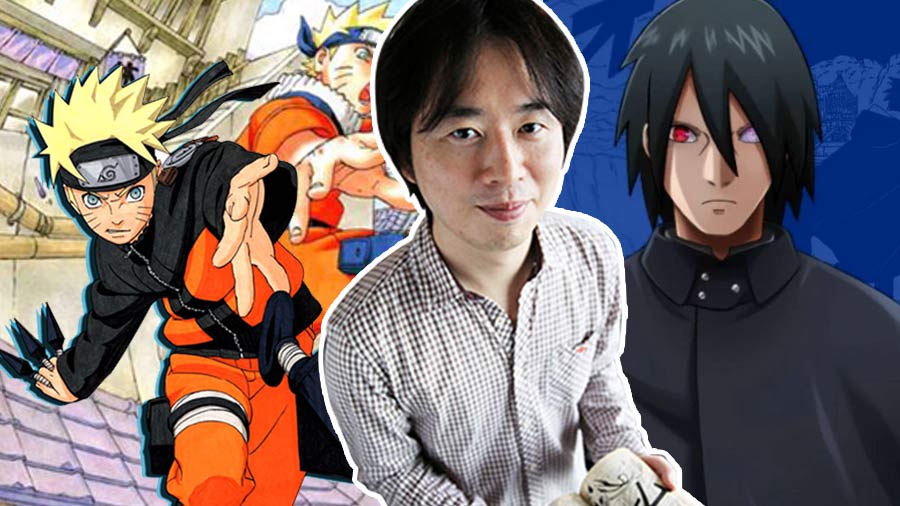Masashi Kishimoto is a household name, whose genius has been celebrated across the world. His most famous work, Naruto, has been adapted into anime series, films, video games and much more. Naruto is not just his story. It is ours. In it, Kishimoto has painted a picture of characters in whom we have found ourselves in some way or the other. Whether it is the ability to dream and hold on to it, the power of friendship, the devastation of loneliness or the loss of a mentor, a beacon of hope, guiding lights, friends, and comrades, Naruto has always been close to our hearts and made us realise what it means to be human above everything else.
But apart from Naruto, Kishimoto, who turned 48 on November 8, has also written several one-shot manga which are worth your time. Here are three of the very best.
Karakuri (1995)

‘Karakuri’ may prove particularly interesting to read in the wake of the global pandemic
Karakuri was Kishimoto’s debut one-shot manga for Weekly Shonen Jump in 1995, which won him the Hop Step Award. Set in Japan, Karakuri involves a deadly virus that spreads through the country resulting in mass death and devastation. The Ministry of Health and Welfare is responsible for dealing with this crisis and implants a man-made cell in the central nervous system of its citizens to ease communication. This gives the Ministry full control over the treatment of any malfunction in the body, enabling the government to stabilise the pandemic situation. However, counter forces within the government have other things in mind. They want to weaponise this implantation and manipulate people instead of treating them. Once the implanted people, dubbed ‘androids’, start becoming a liability, the Defence Agency creates the Karakuri squad to fight them with the help of surveillance pets. One such squad member is the protagonist of the story, called Kiru, who works in tandem with Ken, his rat co-worker. Many regard Kiru as the forerunner of Sasuke from Naruto, especially with their similarities in terms of possessing a serious, cold demeanour. Many of the plot elements in Karakuri also overlap with Naruto, creating familiar territory for Kishimoto fans to revel in.
Bench (2010)

‘Bench’ is a story about handling rejection and alienation with gusto
When I heard for the first time that Kishimoto had written a sports manga, I was very surprised.What has this man not created, I wondered. While the manga will remind you of Naruto from time to time, Bench is unique in its own way. It is a one-shot manga published in 2010 in the Weekly Shonen Jump. The plot revolves around transfer student Yamaguchi Tsutomu, who has just joined a baseball team. However, he is overweight and cannot match the pace of the other players. So, he is put in the ‘D’ team instead of ‘A’, as the coach thinks he is incapable of acing the game. The story proceeds to highlight how compartmentalising students on an arbitrary analysis of their abilities without nurturing them properly fails us as teachers and mentors. The characters’ backstories and flashbacks will remind you of Naruto, especially when it comes to Tsutomu’s fiery passion and determination. Even then, Bench has a world of its own, which leaves an impression, most powerfully through how it depicts rejection and alienation.
Mario (2013)

The eponymous protagonist of ‘Mario’ is one of Kishimoto’s most unconventional and compelling characters
This exhilarating story was published in the Jump Square in 2013 and has such a well-rounded protagonist in Mario that it will leave you craving for more. It is uncommon knowledge that Kishimoto actually began working on this story way before he started working on Naruto. Mario, a hitman in the mafia, is half-Japanese and half-Italian, working in the US. One day, he meets Saori, a female colleague, who does not smile. The characters hate each other but are forced to work together in spite of having different personalities. What follows is a whirlwind of betrayal, with Kishimoto’s sketches departing from his conventional fold to add to the intrigue of the manga. With a dark, obscure and morally vague Mario making this manga unputdownable, it comes as little surprise that Kishimoto himself has rated Mario as among his very best.

